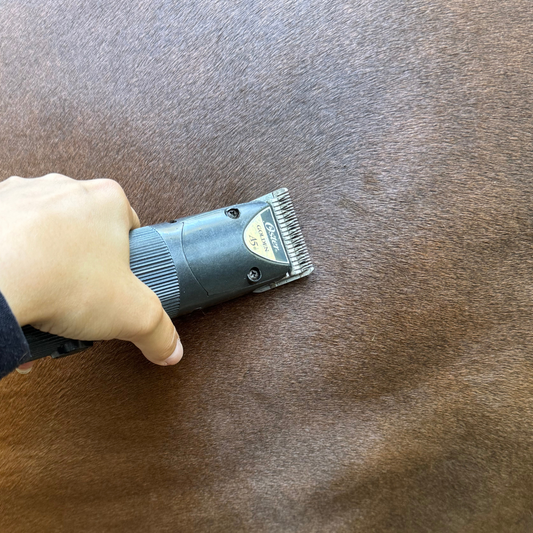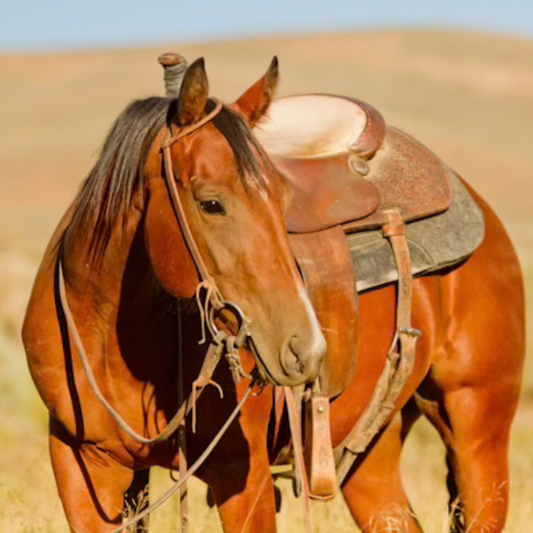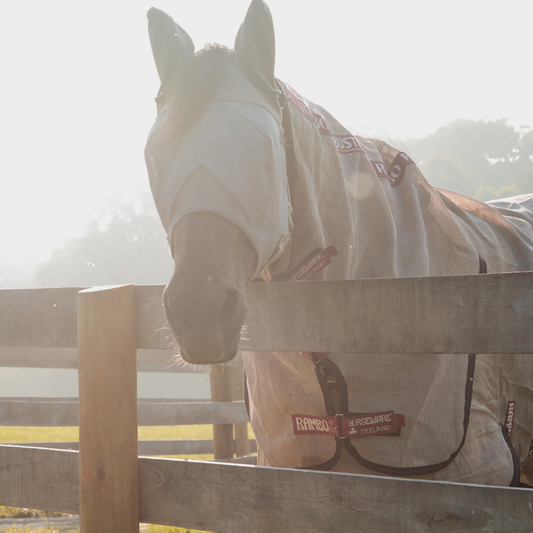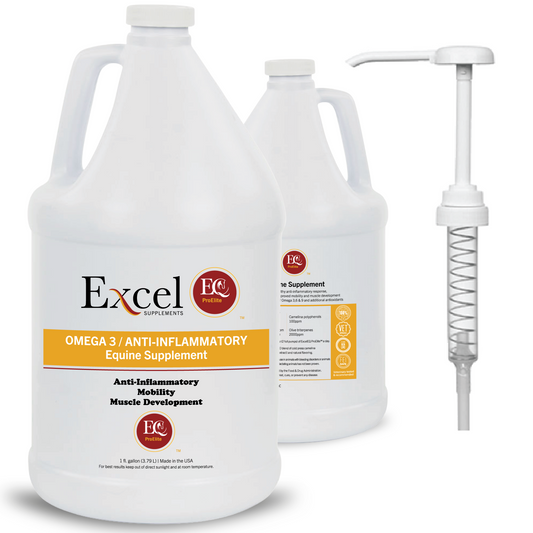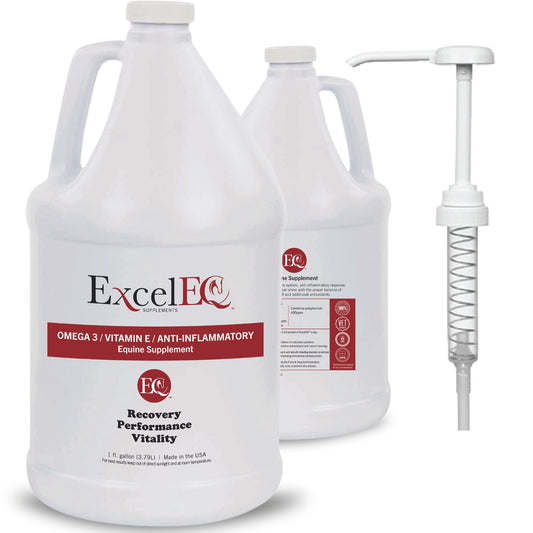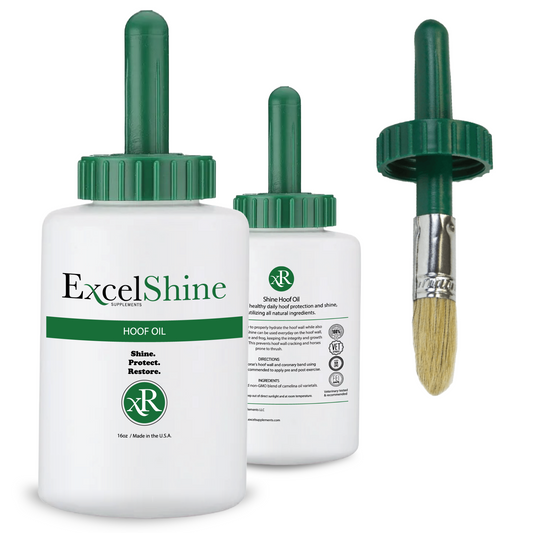What is Anhidrosis in Horses
Share
Have you ever noticed your horse isn't sweating enough after a strenuous ride, even when the temperature is soaring above 90 degrees Fahrenheit with high humidity? Instead of the usual sweat-soaked saddle pad and a lathered neck, you only find moisture where the saddle pad was. Over the past few weeks, your horse seems to be sweating less, despite the rising temperatures. This change in behavior can be alarming and might make you wonder if your horse is unwell. A friend might suggest that your horse could be suffering from anhidrosis, also known as a "non-sweater." In this article, we delve into the causes, symptoms, and impacts of anhidrosis in horses.
What is Anhidrosis?
Definition of Anhidrosis
Anhidrosis is a condition where a horse is unable to sweat effectively to regulate its body temperature. This sweating dysfunction is believed to result from a disruption in the signaling mechanisms of the sweat glands. According to Hagyard, anhidrosis is characterized by an inadequate amount of sweat, leading to various clinical signs. Horses generally lose 65–70% of their body heat through sweating, so the inability to sweat can significantly impact their ability to regulate body temperature (as noted by AAEP).
Risks Associated with Anhidrosis
Without proper sweating, horses face risks such as heat stroke, severe overheating, and potential organ and muscle damage. These issues can be life-threatening and severely affect the horse's ability to cope with changing climates.
Impact of Humidity on Anhidrosis
How Humidity Affects Sweat Evaporation
High humidity levels can exacerbate anhidrosis. In humid conditions, sweat evaporates more slowly, making it harder for the horse to cool down. This issue is not exclusive to performance horses; even sedentary horses like retirees and broodmares are equally susceptible. The condition can significantly impair both performance and daily activities if not properly diagnosed and managed. Veterinarians often face challenges in diagnosing anhidrosis because the symptoms can vary greatly between horses.
Causes of Anhidrosis
Potential Causes of Anhidrosis
Anhidrosis often emerges during hot summer months, though the exact cause remains uncertain. Researchers suggest that an overproduction of stress hormones might overstimulate the sweat glands, leading to the condition. The severity of anhidrosis can vary, with some horses showing only minor decreases in sweat production, while others experience a complete loss of sweating and severe symptoms like hypothermia (UFL Vet).
Geographic and Climate Factors
Anhidrosis is more commonly observed in the Southeastern and Gulf states of the U.S., but it can also occur in cooler regions if the warm weather persists. Studies indicate that anhidrosis affects around 2–6% of horses (Life Data Labs), and its development is not influenced by the horse's age, sex, breed, or color. Contrary to popular belief, horses from hot climates do not have a lower risk, and imported horses are just as likely to develop this condition as those born locally.
Common Forms of Anhidrosis
Incomplete or Partial Anhidrosis
The most prevalent form of anhidrosis is incomplete or partial anhidrosis. Horses with this condition might display reduced performance and lethargy, particularly as temperatures rise in the summer. Signs of incomplete anhidrosis include an elevated respiratory rate and an extended recovery time for the rectal temperature to return to normal after exercise (Hagyard).
Normal vs. Abnormal Temperature Regulation
Normal body temperature for horses ranges from 99.5 to 101 degrees Fahrenheit, and their resting respiration rate is 8–14 breaths per minute. A horse should typically return to normal levels within 30 minutes of exercise. If not, it may be struggling with temperature regulation.
Chronic Anhidrosis
Chronic anhidrosis can lead to severe symptoms, such as seeking shade more often than usual, avoiding daytime turnout, and exhibiting a dry or "dingy" coat with flaky skin or hair loss, particularly on the forehead. These horses may also show decreased interest in food and water, leading to dehydration and weight loss. If you suspect your horse has anhidrosis, consult with your veterinarian for a definitive diagnosis.
Conclusion
In the next part of our blog series, we will cover the diagnostic process, available treatments, and management strategies for horses affected by this condition. Stay tuned for more information on how to help your horse stay healthy and comfortable.
Find part 2 here.
For further reading, visit these sources:

